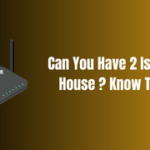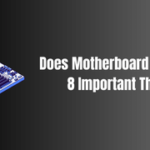When it comes to building your own PC or upgrading an existing one, the nitty-gritty can sometimes seem overwhelming. From CPU, RAM, and storage devices to power supplies and all sorts of connectors, the journey is jam-packed with critical considerations. One term that often pops up in the tech world, but might have left you scratching your head, is the VDG Cable. Here, we’ll decode what it is, where it goes, and how to connect it, among other essentials.
Table of Contents
Unraveling the Mystery: What is a VDG Cable?
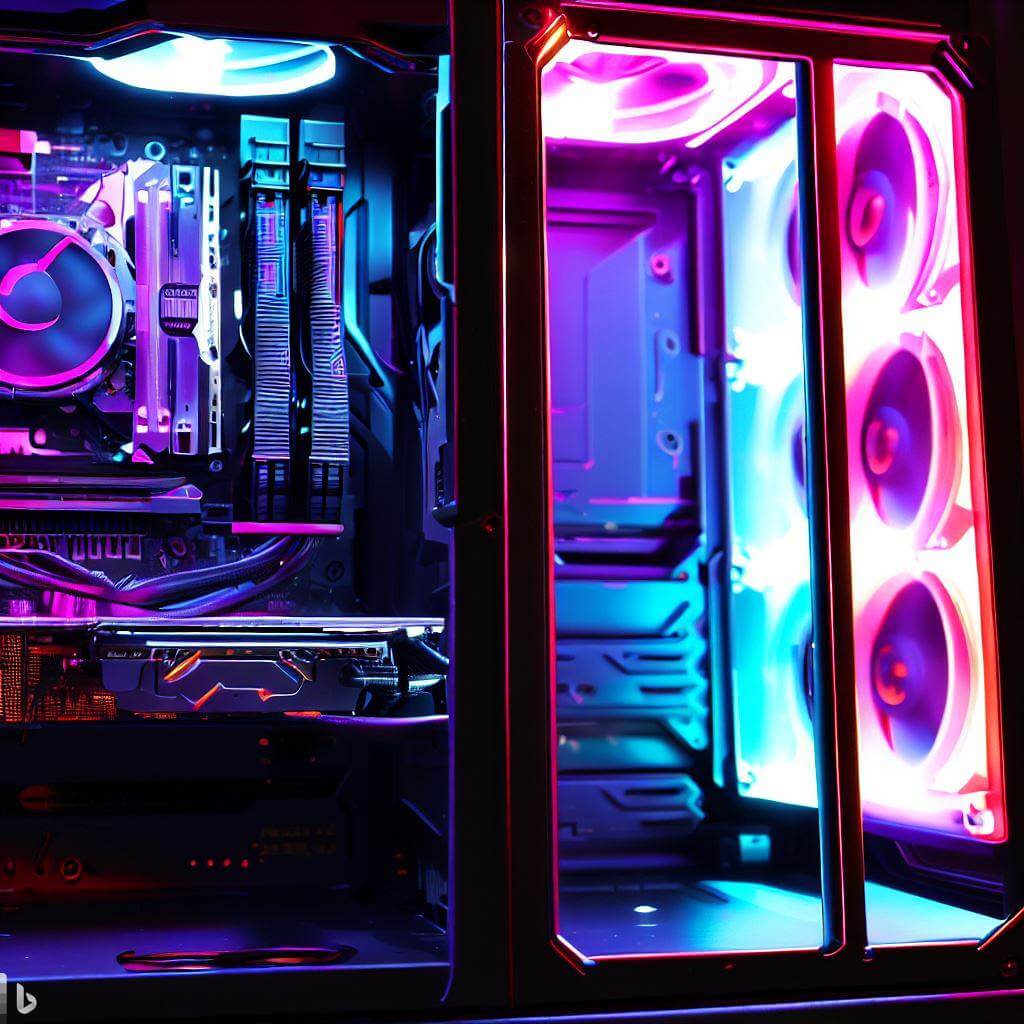
The Virtual Display Ground cable, commonly known as the VDG cable, serves as a crucial component for connecting RGB controllers to motherboards. In simpler terms, it acts as the primary link between your motherboard and various RGB (Red, Green, Blue) devices in your setup, such as LED strips and 6-pin RGB fans. Its purpose is to facilitate effective communication between these components, allowing you to create a vibrant, dynamic, and visually appealing PC arrangement.
This cable plays a vital role in the world of RGB lighting, particularly in the case of Gigabyte and Aorus motherboards that come equipped with D LED connectors. Typically, it features a three-pin connector at one end, ready to be connected to an RGB header on the motherboard. Don’t be concerned if the technical terminology seems confusing at first – it will all become clear as we delve further into this topic!
| Component | Role |
|---|---|
| VDG Cable | Connects RGB controller with the motherboard |
| Motherboard | Serves as the main platform for all components |
| RGB Controller | Controls the color patterns and effects of RGB devices |
Where Does the VDG Cable Go?
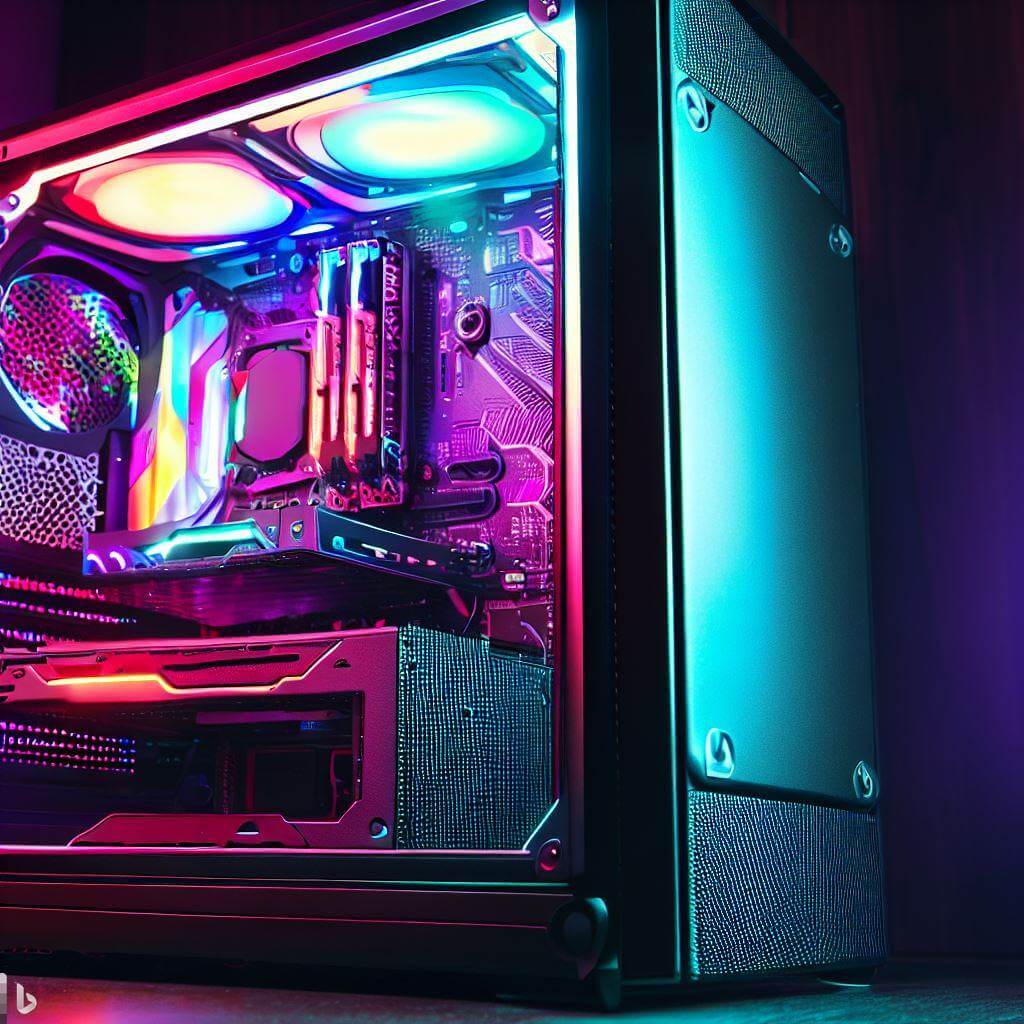
As we said earlier, the VDG Cable ends with a three-pin connector. This plug has a very special place to go – the RGB header on your motherboard. RGB headers come in two variations – 12V and 5V, also known as ARGB Headers. For VDG cables, you’ll want to find the 5V ARGB Header, typically marked as LED C1 or LED C2 connector on Gigabyte or Aorus motherboards.
It’s important to note that not every motherboard has these specific RGB headers. If you find yourself with a MSI motherboard saying, “But there’s no VDG on motherboard!”, don’t panic. You’ll just need a USB to VDG adapter or a converter cable to establish the connection.
Making the Connection: How to Connect a VDG Cable?
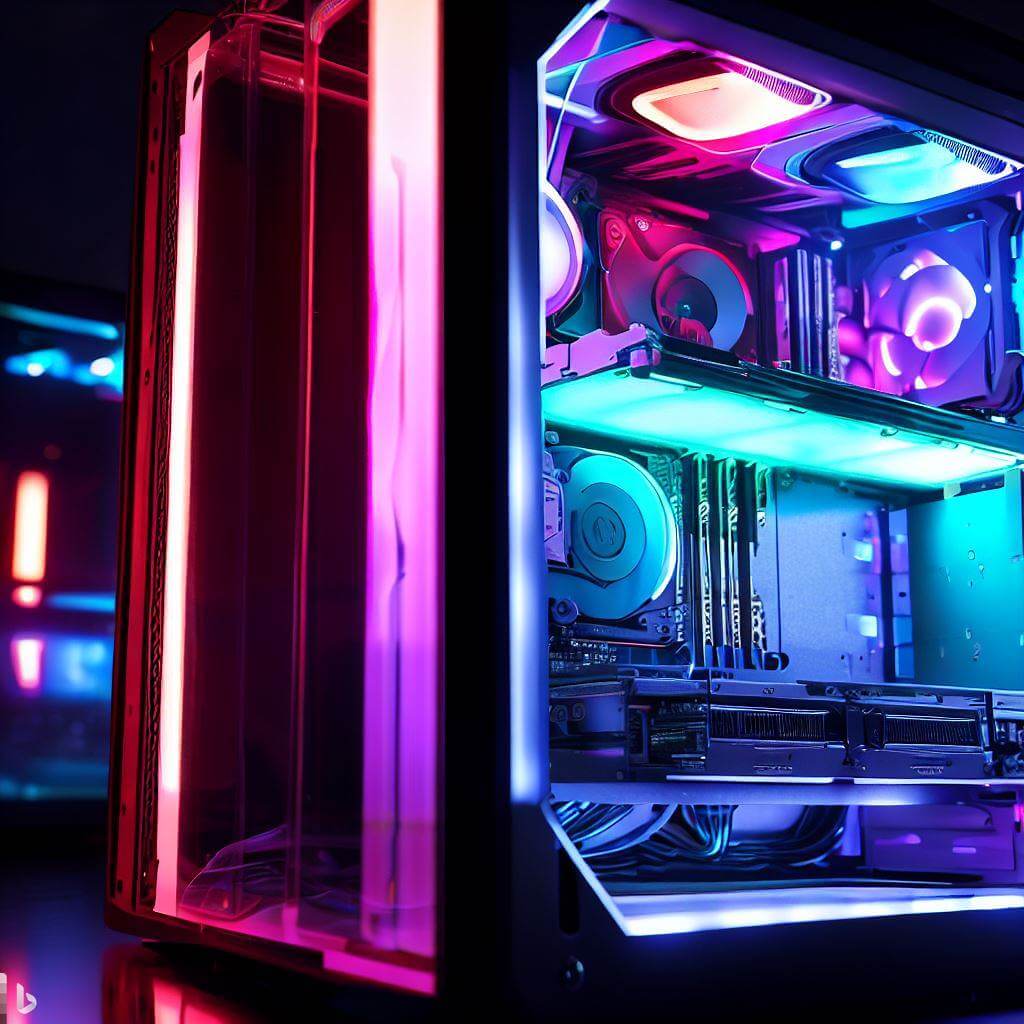
Connecting a VDG Cable is a fairly straightforward process. Here’s a step-by-step guide:
- Identify the RGB or ARGB headers on your motherboard. Remember, they are typically marked as LED C1 or LED C2 on Gigabyte or Aorus motherboards.
- Locate the four-pin connector on your VDG Cable. You will notice that one pin is blocked out or missing – this is a safety feature to ensure correct orientation.
- Align your VDG Cable with the header, making sure that the blocked pin aligns with the missing pin slot on the header.
- Gently insert the connector into the header.
Remember: It’s a journey, not a race. Don’t force the connection; it should fit snugly and effortlessly. If you’re struggling, double-check your alignment or consult your motherboard’s manual.
The Bright Side of Tech: What Does the VDG Cable Do?
Once you’ve meticulously connected all the components, your PC is ready to showcase its dazzling performance. In essence, the VDG Cable acts as the conduit, transmitting signals from your motherboard to your RGB controller, granting you control over the lighting effects of your RGB devices. With the ability to synchronize these devices using software like AURA Sync or RGB Fusion, you can craft bespoke lighting patterns, resulting in a highly personalized and visually captivating computer experience.
In the grand scheme of things, it’s important to note that the VDG Cable is more about enhancing aesthetics than directly impacting performance. It won’t miraculously boost your game’s frame rates or speed up program loading times. However, it unquestionably adds a vibrant and exciting dimension to your tech setup, reflecting your individual style and personality in a colorful and dynamic manner.
Going the Extra Mile: A Deep Dive into VDG Cables
We’ve explored the basics, but let’s dig a little deeper into the role of the VDG Cable in our techie world. We’ll look at additional aspects of this magical connector, such as its role in enhancing PC aesthetics, its compatibility with various motherboards, and some commonly faced challenges.
Setting the Mood: The Aesthetic Angle of VDG Cables
Let’s be honest. Part of the joy of building your own PC is the aesthetic satisfaction it offers. Who wouldn’t want a machine that’s as pleasing to the eyes as it is powerful in performance? And this is where VDG Cables come into play.
Your VDG Cable empowers you to paint your PC in a spectrum of colors. Coupled with a PWM+ARGB controller, it enables you to create dynamic color effects across all your RGB devices, be it your 6-pin RGB fans, LED strips, or case fan headers. The PC casing becomes a canvas for your creativity, with the VDG Cable serving as your brush. It’s a pathway to creating a visual spectacle, making your PC setup a centerpiece of your space.
Compatibility Considerations: VDG in Motherboard Varieties
The VDG Cable is compatible with a wide array of motherboards, but the connection process might differ slightly depending on the brand. Most notably, Gigabyte and Aorus motherboards feature dedicated D LED connectors for this purpose.
But what about other brands? For instance, where is the VDG in MSI motherboard? MSI motherboards do not come with a dedicated VDG header. Instead, they often have JRAINBOW or JRGB headers. Don’t fret, though. An adapter or converter cable can easily bridge this gap. The same goes for motherboards that seem to have no VDG on motherboard. It’s not a roadblock, just a small detour!
| Motherboard Brand | Header for VDG Cable | Need for Adapter |
|---|---|---|
| Gigabyte/Aorus | D LED Connectors | No |
| MSI | JRAINBOW or JRGB Headers | Yes |
| Other Brands | May vary | Depends |
Troubleshooting Tips: Dealing with VDG Cable Challenges
If you encounter any hiccups while connecting your VDG Cable, don’t panic. Here are a few tips to help you overcome common obstacles:
- Ensure the correct orientation: The four-pin connector on the VDG cable has one pin blocked out. Make sure to align this with the missing pin slot on the RGB header.
- No dedicated VDG header? Use an adapter: As we discussed, not all motherboards have specific VDG headers. In such cases, a USB to VDG adapter can save the day.
- Check your power supply: If your RGB devices fail to light up after connecting the VDG Cable, double-check your power supply. Insufficient power might be the culprit.
Remember, with the right information and a dash of patience, every tech challenge can be overcome. Your dream of a brilliantly lit, colorful, and dynamic PC is well within reach. As they say, “In technology, understanding is the key. And with the right key, every door can be opened.”
More than Just Cables: Expanding Your VDG Knowledge
As we continue our journey in the wonderful world of VDG Cables, we’ll delve into related topics such as controlling RGB effects and the importance of keeping up with evolving tech. Moreover, we’ll also explore some frequently asked questions and potential future developments in the realm of VDG Cables.
Taking Control: RGB Software and VDG Cables
With your VDG Cable successfully connected, you’ve unlocked the door to a world of vivid colors and mesmerizing patterns. Now, it’s time to seize control. Enter AURA Sync and RGB Fusion – software solutions that empower you to orchestrate the RGB lighting effects across your PC setup.
By using these programs in tandem with your VDG Cable, you can synchronize the lighting across all your RGB devices, set up custom color cycles, or even create patterns that react to your PC’s music. They provide a user-friendly interface for adjusting brightness, speed, and color palette, transforming your PC into a vibrant visual spectacle that dances to your tune.
Evolving with Tech: Adapting to VDG-less Motherboards
As technology marches on, motherboard designs are becoming increasingly minimalist. The move towards USB 3.0 and USB-C headers means some new models lack the dedicated VDG Headers we’re used to seeing.
In such situations, the absence of a VDG Header on the motherboard doesn’t mean you’re locked out of the RGB game. With converter cables and USB to VDG adapters, you can still hook up your RGB devices. This adaptability underpins the world of tech, where innovation and change are constants. Remember, in technology, there’s always a workaround.
The Future of VDG Cables And FAQ
As we look towards the horizon, the future of VDG Cables remains exciting. With the rise of customizable PC rigs and gaming setups, the demand for better, more efficient RGB connectivity solutions will only grow. We may see VDG Cables evolving with more pin configurations, better compatibility, and even smarter RGB control options.
The journey with the VDG Cable is one of continuous discovery and endless creativity. It’s a testament to the beauty of personalization in technology, demonstrating how a humble cable can transform a simple PC into a unique, vibrant masterpiece. So, remember, the next time you delve into the world of PC building or upgrading, don’t overlook the role of the VDG Cable – it’s your ticket to a dazzling PC experience.Read more on fulltechguides;
What is the VDG Cable Meaning?
VDG stands for Virtual Display Ground. It’s a cable used to connect your motherboard to RGB controllers, allowing you to control and synchronize the lighting effects on your RGB devices.
What Does the VDG Cable Do?
The VDG Cable transmits signals from your motherboard to RGB devices. It doesn’t impact your PC’s performance but adds a world of color and dynamism to your setup.
How to Deal with No VDG on Motherboard?
If your motherboard lacks a VDG Header, you can use a converter cable or USB to VDG adapter to establish the connection with RGB controllers.





